Introduction
The next deck chronicled comes from Rexxar (and Alleria) known as Midrange Hunter. Midrange Hunter is another deck played since the time of the Beta and is considered very strong today. Hunter uses a variety of direct damage spells and some beasts that have synergy together. There have been many changes to the deck and this article will look at the different cards used in the iterations of Midrange Hunter along with the various nerfs to some of the key cards that once were played.
The Origins
Midrange Hunter has always been slightly slower than Face Hunter but not slow enough to be considered a Control deck. The strength of the early versions of Midrange Hunter was the potential draw engine, the powerful three mana cost spells, and their pseudo-legendary six mana creature. The Hunter Hero Power, while not the best, puts pressure on your opponent as the two damage can add up. The decklist featured in this section is one that Kolento used slightly after the official release of Hearthstone. While the list is not from Beta, it is still reminiscent of what the decklists looked like before the game went public.
Here are some notable cards used in this Midrange list:
Hunters-Mark: One of the many Hunter cards to get nerfed, Hunters Mark cost zero mana but was changed with the release of Standard mode. Best when used combined with a damage dealing card like Stonetusk-Boar to gain the one damage needed for removal.
Flare: A one mana card draw with the benefit of destroying your opponents secrets, Flare was considered too powerful of a cycling card and changed to two mana during the Beta. Flare was a lock for two copies before the nerf but rarely sees play as the mana cost hinders its effectiveness.
Scavenging-Hyena: Another card that was nerfed in the Beta, Scavenging Hyena got the two attack and one defense stats for every beast that had been destroyed. The card got changed to only give the stat bonus when friendly beasts died. Great synergy with Stonetusk Boar and Unleash-The-Hounds thanks to their weak stats which are easily destroyed to buff the Hyena.
River-Crocolisk: While this card might look like just a vanilla two attack and three defense minion, River Crocolisk shines because it is a mana efficient beast. Combining River Crocolisk with a Houndmaster is a fairly cheap wall. Overall it was a good two mana minion for the time and synergized with a number of cards in the deck.
Savannah-Highmane: Sometimes referred to as the Hunter “legendary,” Savannah Highmane has always been an automatic two copies in Midrange Hunter. The value received from this card is off the charts. Even if Savannah Highmane gets removed, the two Hyenas that come through the Deathrattle will still have to be dealt with.
Several of the cards in this version of the deck got removed when new cards got released in the Naxxramas adventure and Goblins vs Gnomes expansion. Some cards such as Flare and Scavenging Hyena became less relevant due to their nerfs and were replaced.
Before moving to the Naxxramas and Goblins vs Gnomes section, I would like to take a break to discuss the two cards that the developers could not decide what to do with early in the games lifespan.
The Starving Buzzard and Unleash the Hounds Conundrum
Two of the most controversial cards in Hearthstone are Starving Buzzard and Unleash The Hounds. Both cards would be nerfed by the developers as they were too good when used together. Let us take a look at the current versions of the cards and talk about their earlier forms.
Starving-Buzzard: The card now is a three attack and two defense beast that costs five mana. The earlier version had the same drawing effect but only cost two mana for a two attack and one defense body. The three mana nerf has all but banished the Starving Buzzard from seeing any play in any Hunter decks.
Unleash-The-Hounds: Another staple in most Hunter decks, Unleash the Hounds summons a one attack and one defense beast with charge for every enemy minion. The mana cost got changed from two to three in May 2014. The original effect of Unleash gave all of your beasts one attack and charge for one mana.
The original effect of Unleash the Hounds enabled OTK decks and was just overall too powerful for Hunters and got changed. When both cards were two mana they created a combo that would punish your opponent for having minions on their board. Having a bunch of one attack charge beasts while filling up your hand almost guaranteed the player a victory if they were not far behind. Unleash was then changed to three mana with the hope that the combo would be more difficult to pull off. The plan ended up not working and so the developers made the nerf to Starving Buzzard which blew the combo apart much to the disappointment of Hunter players.
Next we will look at Midrange Hunter post combo and after the release of Naxxramas and Goblins vs Gnomes.
Naxxramas and Goblins vs Gnomes
The new cards that released brought a whole new look to Midrange Hunter and brought it to the forefront of Hearthstone. The combo was no longer viable so the decklist that is featured in this section is more midgame minion based unlike the Kolento deck from right after release. Dr. Balanced would also make his way into the deck like he always did while Goblins vs Gnomes cards were available.
Here are some of the changes to the deck:
Webspinner: A one mana beast, Webspinner has a Deathrattle that gives the player a random beast when it dies. Webspinner is the one mana minion that the Midrange Hunter wants to play on the first turn.
Haunted-Creeper: Another early game minion from the Curse of Naxxramas adventure, Haunted Creeper is a sticky minion that leaves behind two one attack and one defense Spectral Spiders thanks to its Deathrattle. The only bad part of the Creeper is that the Spectral Spiders are not beasts so they do not synergize with a lot of the deck.
Mad-Scientist: Midrange Hunter decks use a variety of Secret cards, so when Mad Scientist came out it was a boon for players. A two mana creature with two attack and two defense, Mad Scientist has a Deathrattle that takes a Secret from the players deck and puts it into play when destroyed.
Piloted-Shredder: Goblins vs Gnomes brought this outstanding Mech card to the game which found its way into Midrange Hunter. The Shredder has great midgame stats and its Deathrattle keeps a minion in play by summoning a random two mana minion.
Sludge-Belcher: Another sticky minion, Sludge Belcher came from the Naxxramas adventure and became a two copy inclusion in some Midrange Hunter lists. Sludge Belcher helps stop Aggro decks itself and leaves behind a one attack and two defense slime once it destroyed.
Dr-Boom: Dr. Balance found his way into most decks because of the strength of his stats and effect. Having a seven attack and seven defense body for seven mana would only equal a War-Golem, but the two Boom-Bots summoned have the ability to dish out a lot of damage. There is not much synergy with Hunter cards, but Dr.Boom was just too good to not be included.
Midrange Hunter definitely looked different once Curse of Naxxramas and Goblins vs Gnomes came out. There was a greater focus on neutral creatures and more specifically, an abundance of creatures that replaced themselves when destroyed. Decklists would change slightly when Blackrock Mountain and The Grand Tournament came out, but Midrange Hunter would still be one of the better decks in Hearthstone.
Blackrock Mountain and The Grand Tournament
The next adventure and expansion only produced a few cards that would find their way into Midrange Hunter lists. While there will not be a decklist in this section, I will be highlighting the cards added to Midrange Hunter and talking about the couple of changes.
Bear-Trap: Another trap added to the Hunter arsenal, Bear Trap puts an Ironfur-Grizzly into play after an opponent attacks your hero. Bear Trap was used alongside Freezing-Trap as the main traps in Midrange Hunter, with Explosive-Trap making some appearances in lists.
Quick-Shot: A direct damage card from the League of Explorers adventure, Quick Shot deals three damage to a target for two mana. The bonus of Quick Shot is that is draws the player a card if it was the last card in your hand when using it.
Kings-Elekk: an early drop for Midrange Hunter, King’s Elekk allowed the player to potentially take a creature from their deck and put it in their hand if it is a higher mana cost than the opponents. The three attack and two mana defense body made it an attractive early game play.
The three cards mentioned above would find their way into Midrange Hunter while cards like Sludge Belcher and Abusive Sergeant got subbed out. It was not until League of Explorers and Whispers of the Old Gods that Midrange Hunter would have a pretty different look.
Exploring the Whispers
League of Explorers and Whispers of the Old Gods are the two latest content releases that have brought plenty of new cards to Midrange Hunter. Standard mode was released along Whispers of the Old Gods which meant that Midrange Hunter would lose almost a third of its deck thanks to cards being from Curse of Naxxramas and Goblins vs Gnomes. The decklist in this section will show the new cards and what the deck looks like today.
Here are some of the new cards in the deck:
Fiery-Bat: An amazing one drop for Hunter decks, Fiery Bat has two attack and deals one damage to a random enemy from its Deathrattle. Fiery Bat is a perfect counter to most early drops in the game and has incredible value for a one mana minion. The card is from Whispers of the Old Gods.
Flame-Juggler: Another great early removal creature, Flame Juggler deals one damage to a random enemy from his Battlecry. The two attack and three defense body he provides is a great counter to a minion like Knife-Juggler or Undercity-Huckster.
Huge-Toad: Continuing the trend, Huge Toad is another early two drop that deals one point of damage to an enemy with its Deathrattle. The Toad has the highest attack of the early drops with three. Huge Toad is also a beast which allows it to synergize with Kill Command and Houndmaster.
Carrion-Grub: A vanilla two attack and five defense creature, Carrion Grub is a great value target for Houndmaster. Playing Carrion Grub on turn three then next turn using a Houndmaster gives you a 4/7 taunt creature along with the Houndmaster being four attack and three defense.
Infested-Wolf: Somewhat of a replacement for Haunted-Creeper, Infested Wolf summons two Spider creatures courtesy of his Deathrattle. The thing to note about the two Spider creatures is that they are beasts, unlike the ones that Haunted Creeper left.
Call-Of-The-Wild: One of the best cards to come from Whispers of the Old Gods, Call of the Wild has become one of the finishers for Midrange Hunter. While not exclusively being used as a finisher, Call of the Wild is great value even when removal is needed since you get Huffer to attack right away. Summoning all three of the Animal-Companion cards gives you an immediate threat, a great Taunt, and a buff to your other creatures, what is not to like?
As you can see, Midrange Hunter has taken a different look from what has been used in the past thanks to the rotation for Standard mode and the new cards from Whispers of the Old Gods. Most players would agree that once a Midrange Hunter gets to turn eight and the Call of the Wild is played that the game is most likely over.
Hunting Prospects for the Future
Midrange Hunter can continue to be a successful deck because it beats up on some of the most popular decks out now. Heroes like Mage and Warrior have a hard time against Midrange Hunter because the early game is strong and the minions get harder to remove as the game goes longer. Midrange Hunter is the popular Hunter deck now that Face Hunter is no more and other Hunter decks still being unproven like Yogg’n’Load.
Fans of Midrange Hunter should continue keeping their sites on opponents as the deck continues to stay in the top couple of tiers.
Feel free to comment below and lookout for my next article chronicling a deck through the history of Hearthstone.


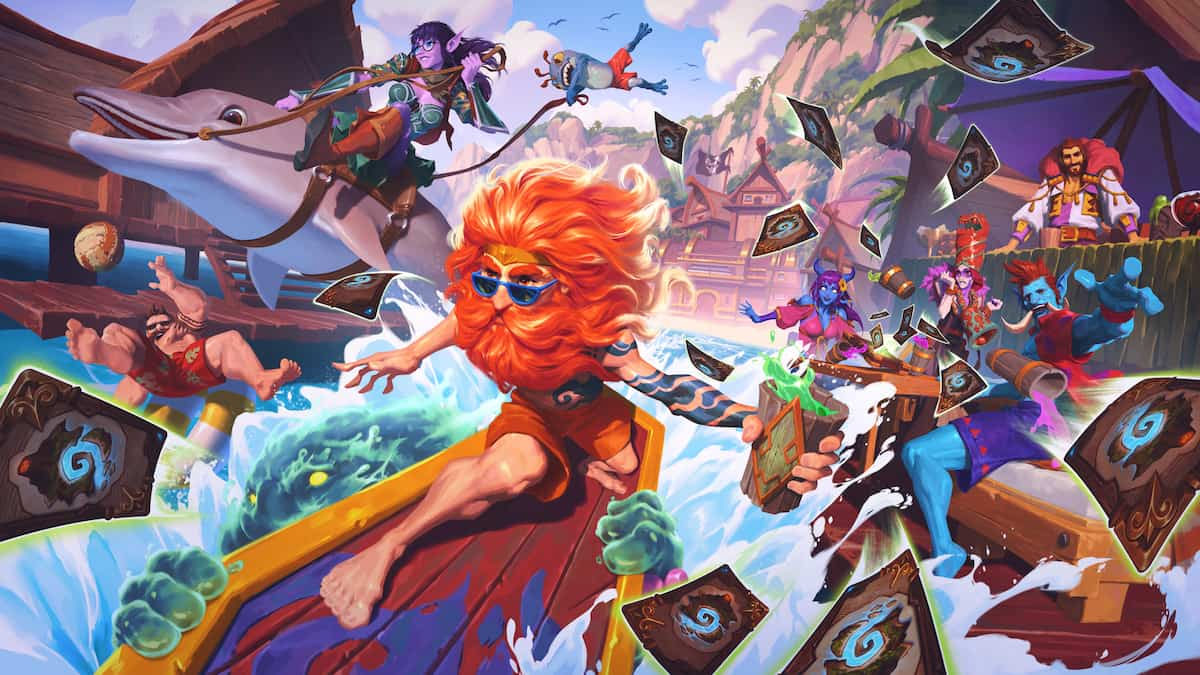
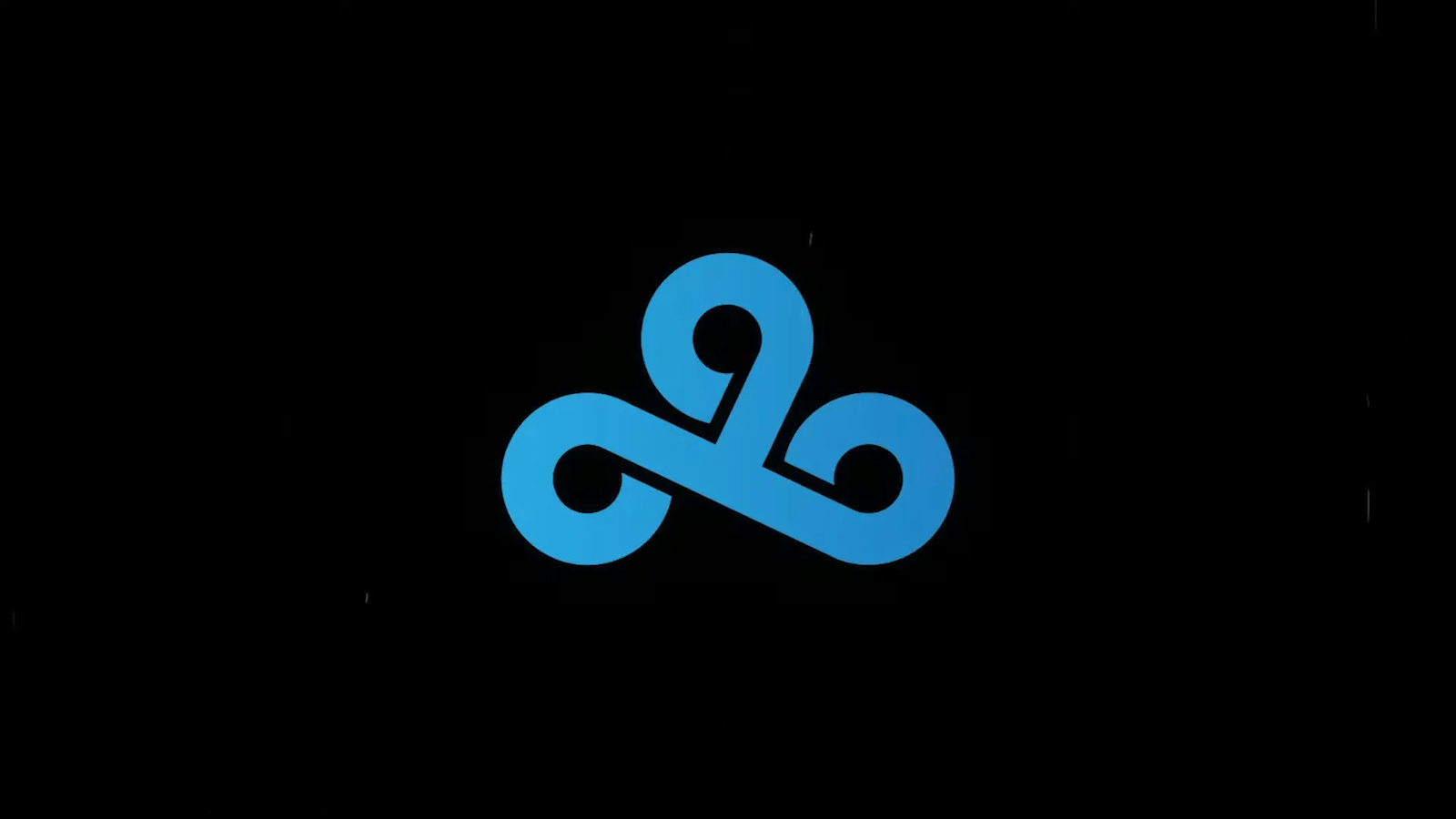

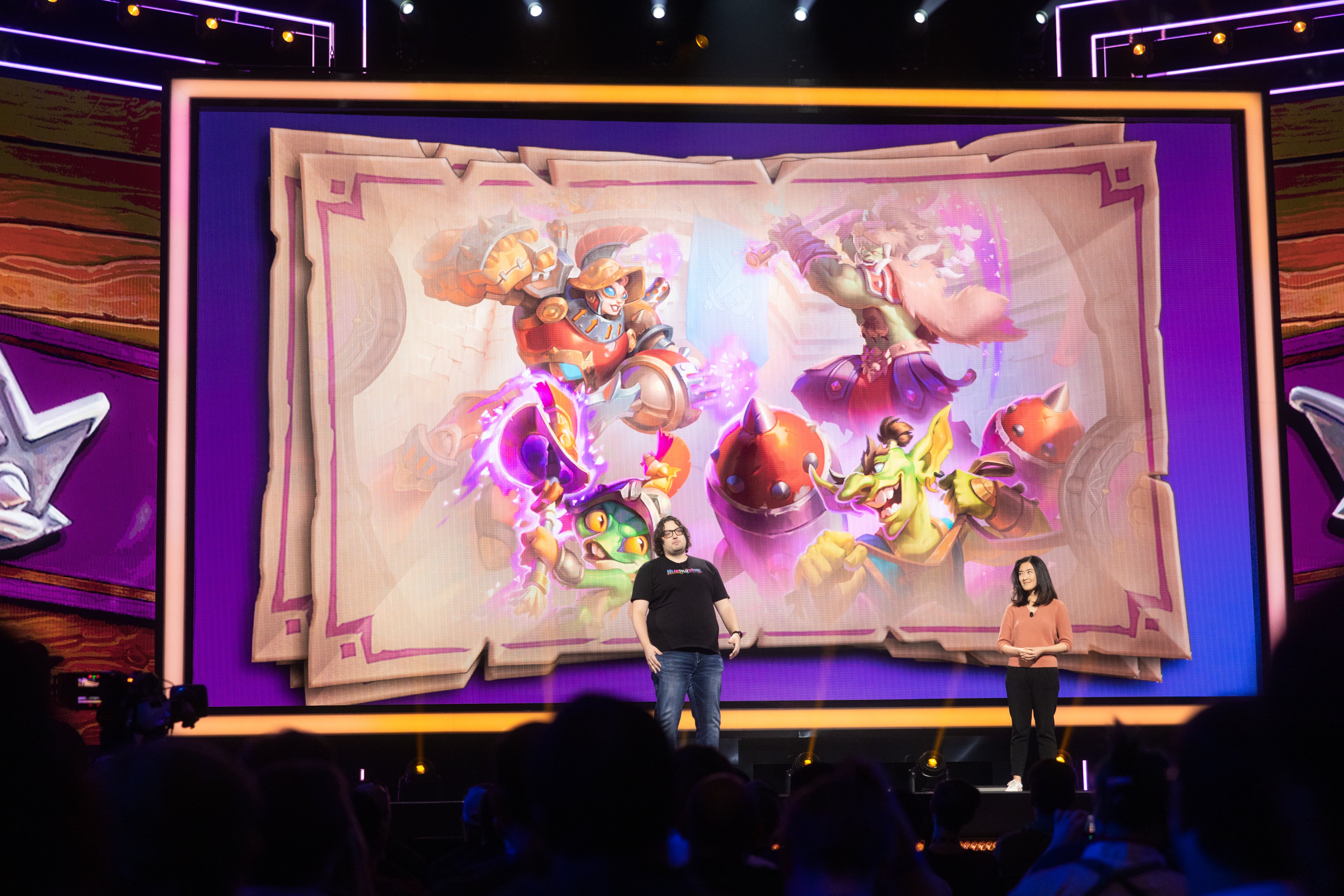
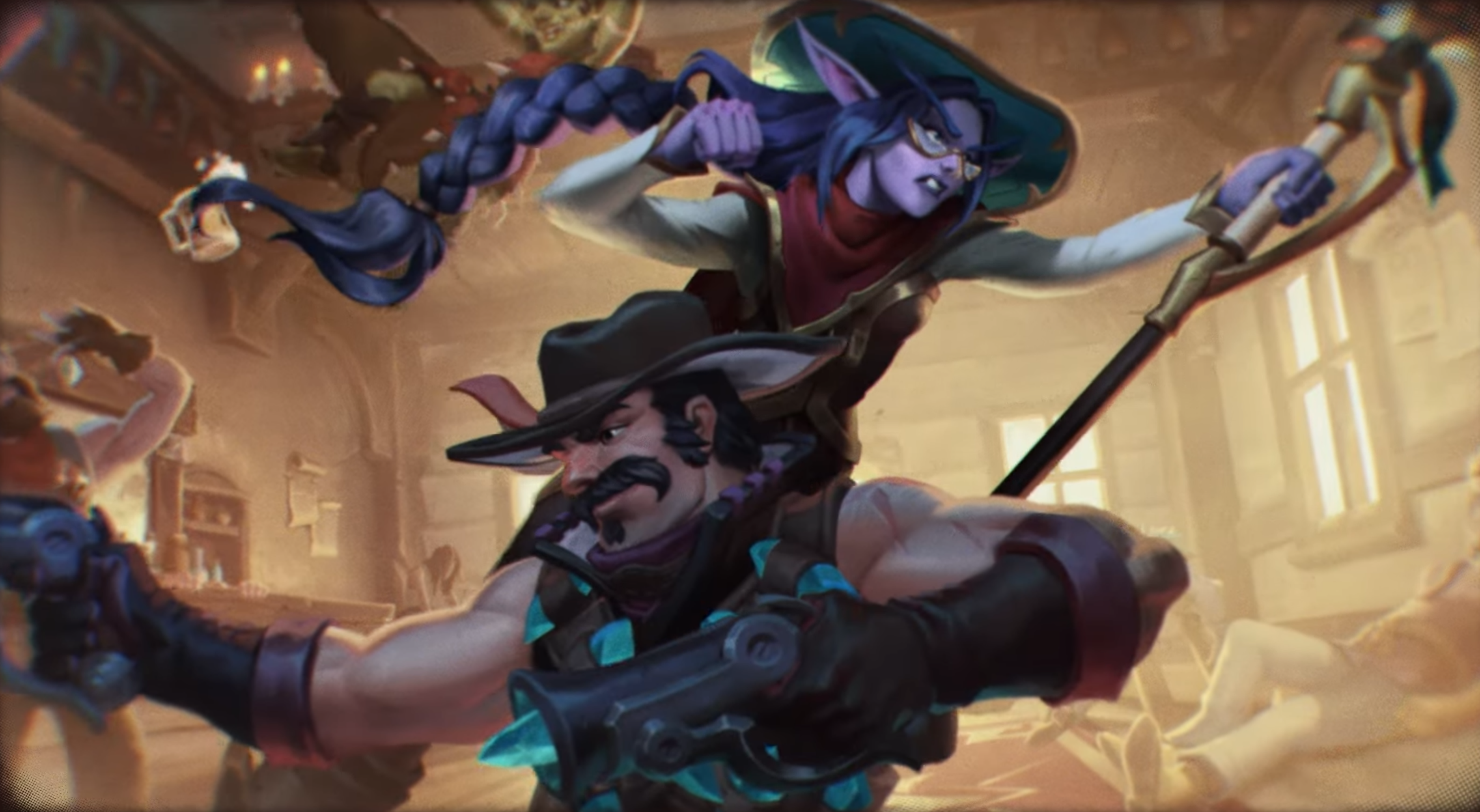
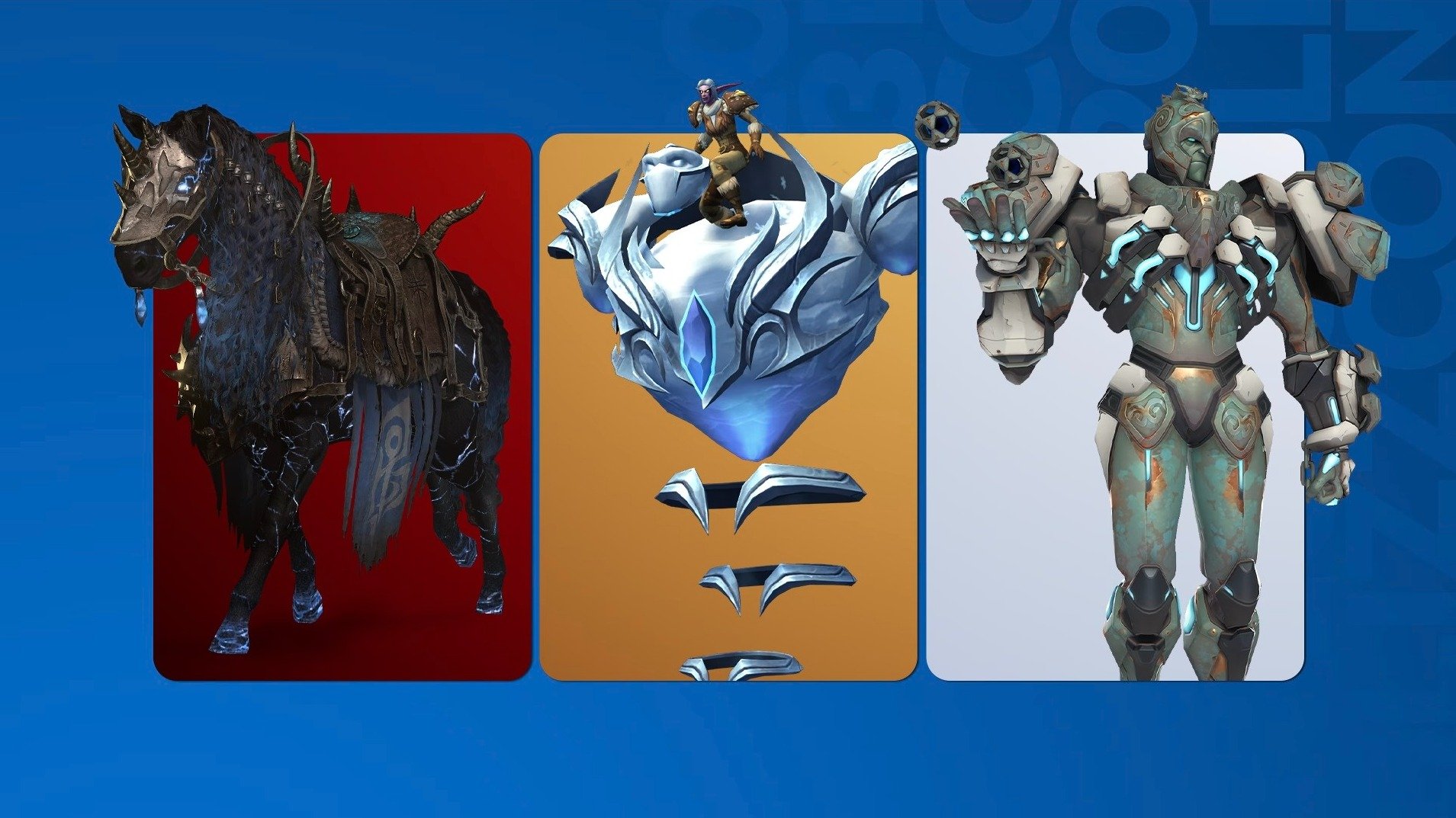
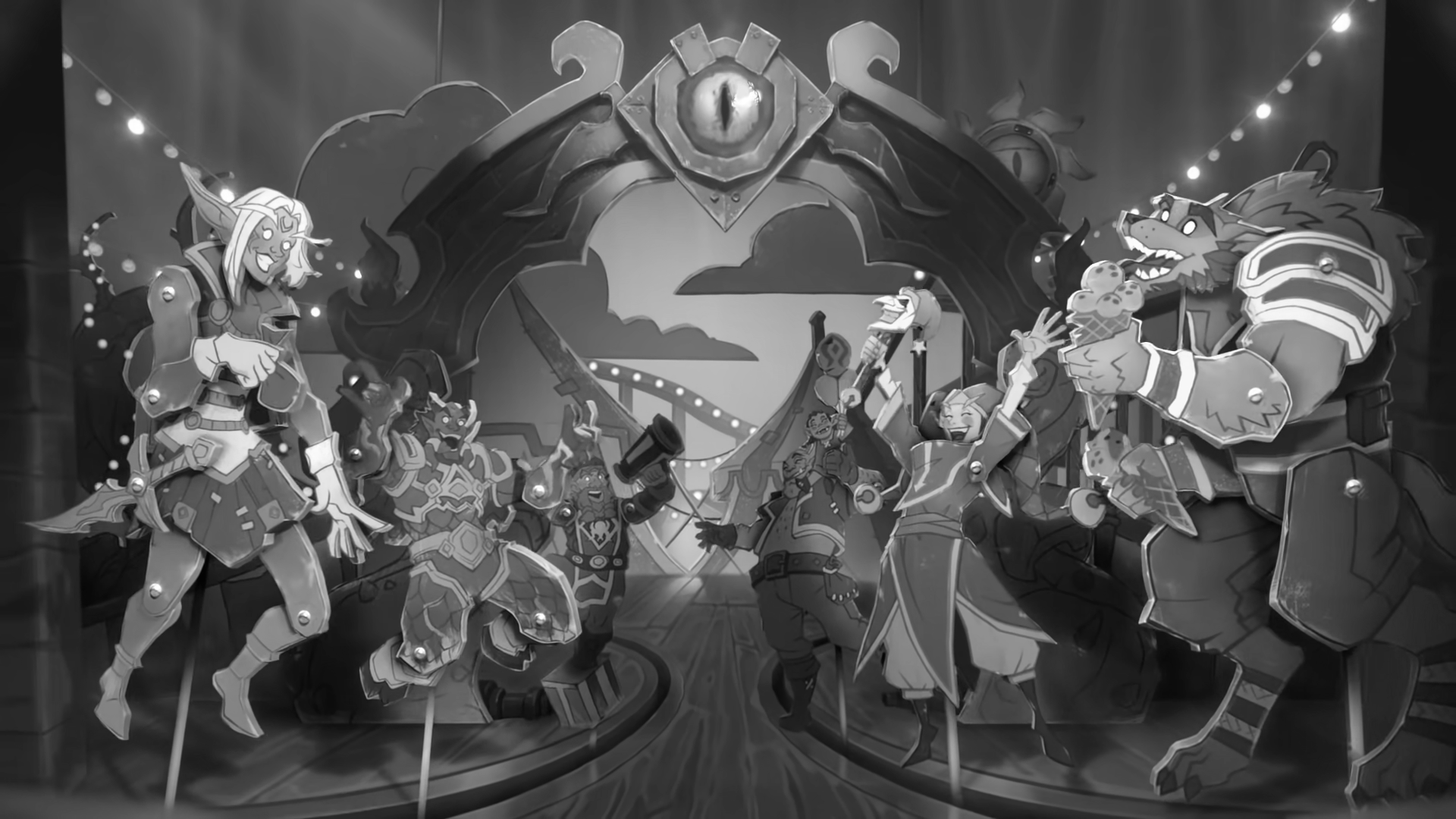
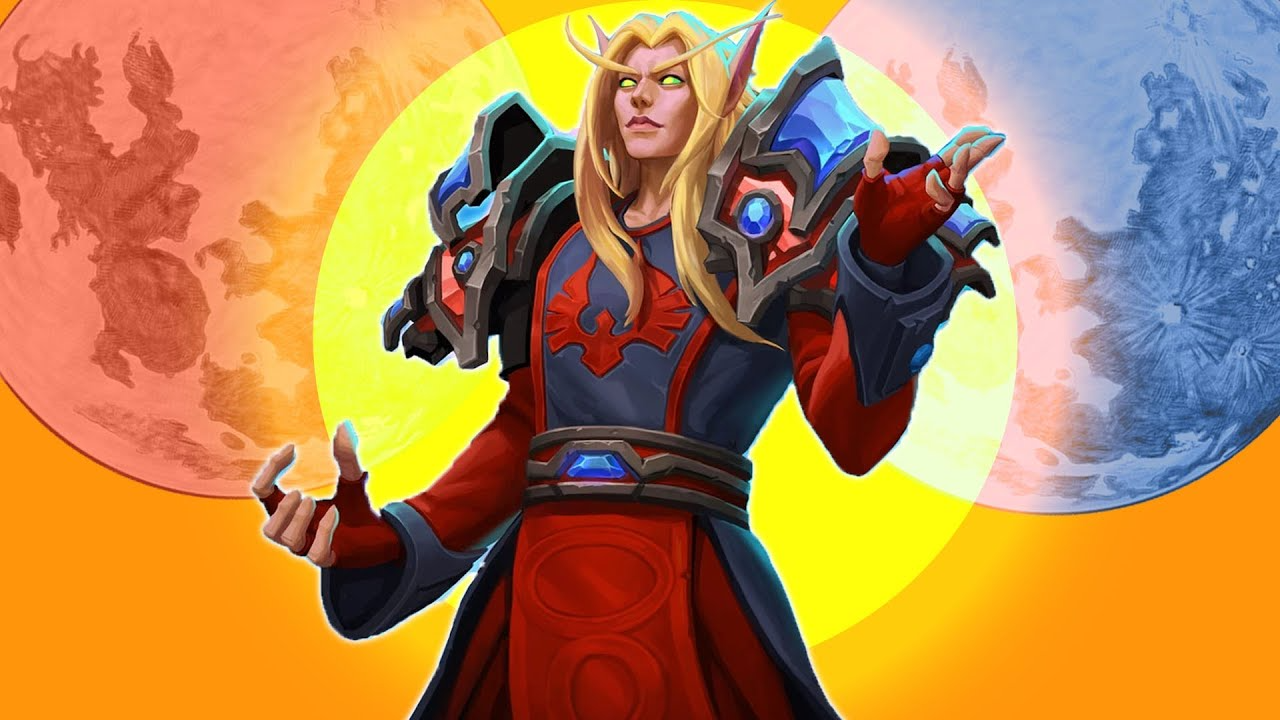

Published: Jul 11, 2016 08:01 am